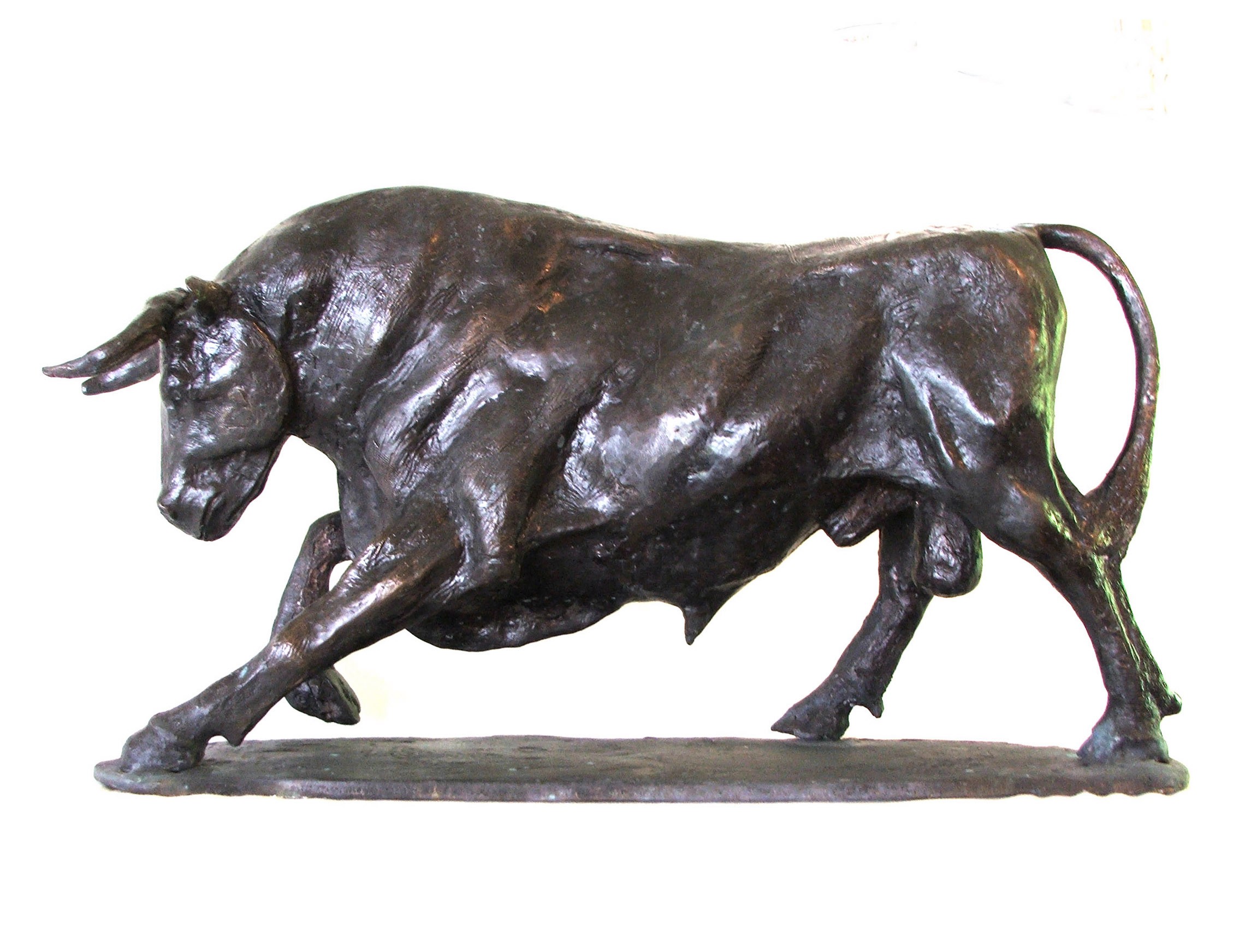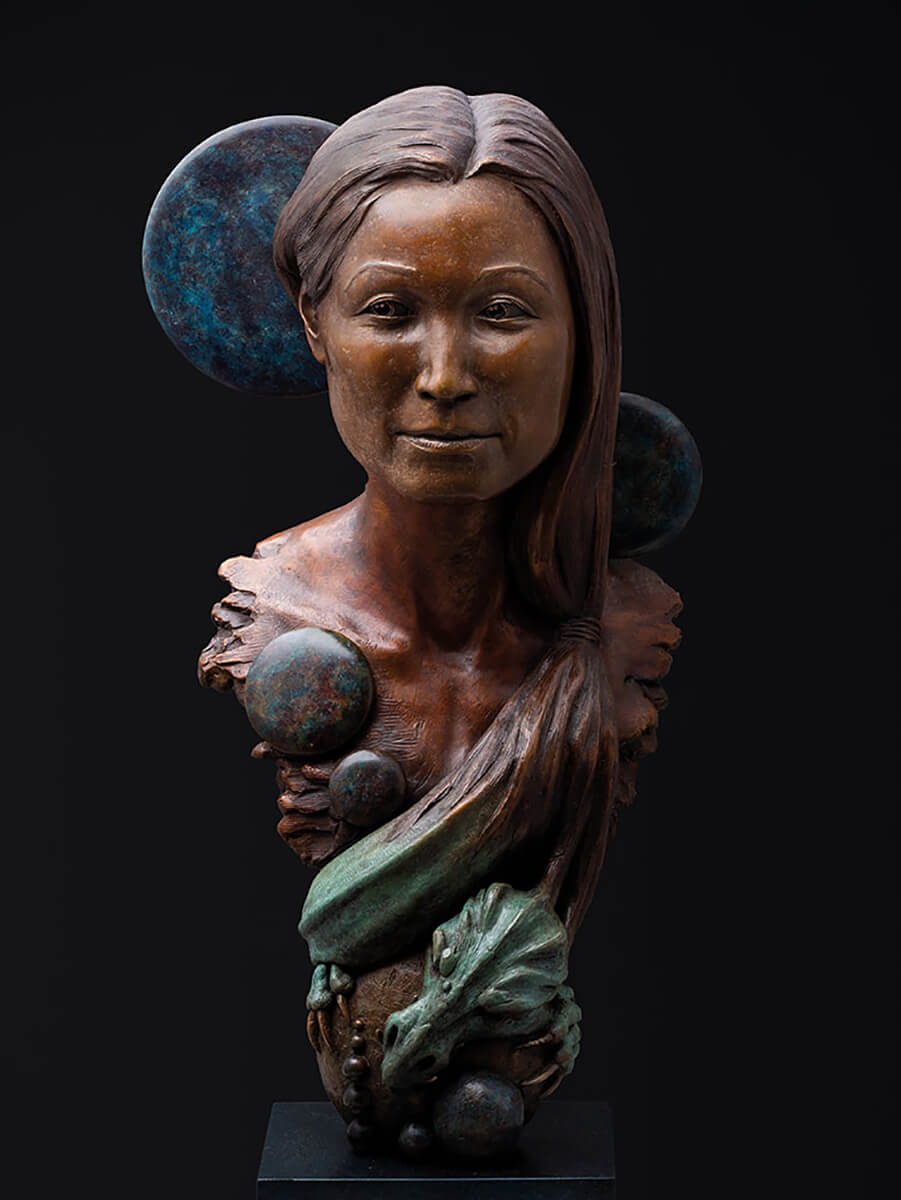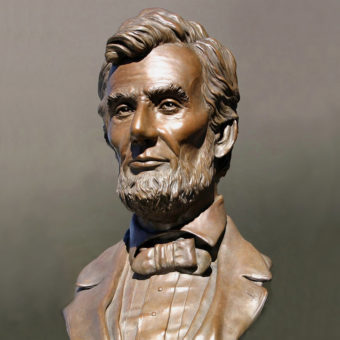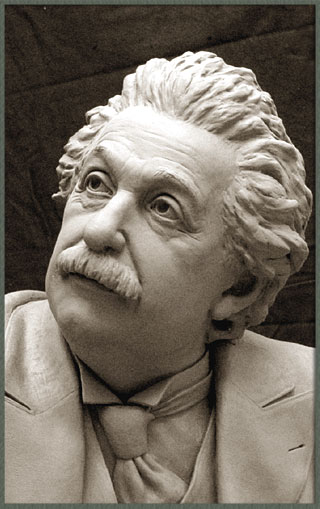In the Spirit of the Horse: Admire the Beauty of Equine Sculptures
Wiki Article
The Evolution of Sculptures: From Ancient to Modern
The Development of Sculptures: From Ancient to Modern. Portrait Sculptor.Sculpture, among the earliest forms of art, has been an integral component of human world for millennia. From the old worlds of Egypt and Greece to the modern era, sculptures have actually developed, mirroring modifications in creative methods, materials, and cultural influences. This journey with time traces the advancement of sculptures, exploring the shifts in style, subject, and artistic expression.
Beginning with the old globe, sculptures crafted from rock and later on bronze recorded the essence of deities, rulers, and daily life. The Renaissance duration saw a rebirth of classical sculpting methods, as musicians looked for to mimic the graceful forms of ancient Greek and Roman sculptures (Bronze Sculptures). In the contemporary era, artists tested standard limits, embracing abstraction and testing with brand-new materials
This exploration will look into the diverse evolution of sculptures, revealing the rich tapestry of artistic expression across various periods and cultures.

Old Sculptures: From Stone to Bronze
Ancient sculptures transitioned from being taken of rock to being cast in bronze. This change noted a considerable development in the art of sculpture, enabling higher improvement and information in the ended up works. Stone sculptures, while impressive in their very own right, were restricted by the nature of the material. Stone called for substantial shaping and sculpting, often leading to an extra streamlined depiction of the subject.The introduction of bronze as a tool for sculptures produced a revolution in creative expression. Bronze supplied carvers the possibility to create elaborate and natural types that were not feasible with stone. The process of casting bronze permitted the production of several duplicates of a sculpture, enabling larger distribution and preservation of these creative work of arts.
The change from stone to bronze additionally saw a change in the subject issue of sculptures. While rock sculptures mostly shown gods, sirens, and mythical numbers, bronze sculptures started to show a wider series of topics, consisting of daily individuals and animals. This growth of subject issue showcased the convenience and flexibility of the bronze medium.
Renaissance Resurgence: Shaping in the Classic Style
The Renaissance resurgence of sculpture experienced a resurgence in the classic design, building upon the innovations made throughout the shift from stone to bronze in ancient sculptures. During this period, artists looked for to recreate the timeless visual and suitables of appeal that prevailed in ancient Greek and Roman sculptures.One of the vital attributes of the Renaissance resurgence was the emphasis on naturalism and the human form. Artists like Donatello and Michelangelo make every effort to record the physiological information and expressions of their topics with unmatched accuracy. They researched the body and incorporated their observations into their sculptures, leading to realistic and sensible depictions.
Another vital element of the Renaissance resurgence was the expedition of perspective and depth. Musicians made use of strategies such as contrapposto, where the weight of the body is changed away, creating a sense of movement and dynamism. They additionally trying out various products, consisting of marble and bronze, to attain a degree of sophistication and ins and out in their sculptures.

Innovation and the Avant-Garde: Breaking Typical Boundaries
During the Modernism and Avant-Garde activities, sculptors pressed the boundaries of standard imaginative conventions. This period, which arised in the late 19th and early 20th centuries, saw a remarkable shift in the method musicians approached sculpture. Denying the idea of art as simple replica, modernist sculptors looked for to explore brand-new types, materials, and concepts.
One of the vital characteristics of modernist sculpture was the emphasis on abstraction. Carvers relocated far from reasonable representations and rather concentrated on capturing the essence of the topic via simplified forms and geometric shapes. This separation from traditional representation permitted musicians to express their emotions and ideas in a much more subjective and personal way.

Contemporary Sculptures: Exploring New Materials and Concepts
With a concentrate on checking out brand-new products and concepts, contemporary sculptures have reinvented the area of art. Artists today are pressing the boundaries of conventional sculpture by using cutting-edge products and trying out with abstract concepts. These sculptures challenge conventional concepts of type, definition, and materiality, welcoming viewers to participate in a thought-provoking and new creative experience.Contemporary carvers are accepting a variety of materials, including plastic, glass, steel, and also natural matter. They are not limited to the conventional medium of rock or clay, permitting for better liberty of expression and trial and error. This change towards unique materials has opened up new possibilities for musicians to produce sculptures that are dynamic, interactive, and visually striking.
In enhancement to checking out new products, modern sculptures likewise explore facility and abstract principles. Artists are now exploring styles such as identity, social concerns, and the setting, utilizing sculpture as a powerful tool for social discourse and introspection. These sculptures test audiences to think seriously and engage with art on a deeper degree, sparking discussions and provoking psychological actions.
Global Impacts: Sculptural Customs From Around The Globe
Sculptural customs from various areas of the world have actually substantially shaped the development of sculptures throughout history. The international influences on sculpture have actually varied and have actually added to the splendor and variety of imaginative expressions. From the ancient civilizations of Egypt, Greece, and Rome to the detailed carvings of Eastern cultures, each region has actually developed its one-of-a-kind sculptural customs that have actually influenced musicians across time.In old Egypt, sculptures were created largely for funerary and spiritual objectives. The famous sculptures of pharaohs and gods, such as the Great Sphinx and the breast of Queen Nefertiti, display the Egyptians' mastery of stone sculpting and their idea in the afterlife.

In ancient Rome, sculpture offered both political and artistic objectives. Roman sculptures commonly depicted emperors, generals, and mythical numbers, reflecting the power and grandeur of the empire. The marble sculpture of Augustus of Prima Porta and the huge Arc of Constantine are remarkable examples of Roman sculptural accomplishments.
Eastern sculptural practices, particularly in India, China, and Japan, have likewise had an extensive effect on the advancement of sculptures. Indian sculptures, such as the intricately carved holy places of Khajuraho and the enormous statuaries of Buddha, show a rich fusion of spiritual, mythical, and architectural elements. Chinese sculptures, characterized by their fine craftsmanship and interest to detail, usually portray deities, animals, and famous figures. Japanese sculptures, influenced by Buddhism, highlight simplicity and serenity, seen in the tranquil sculptures of Buddha and the sophisticated art of bonsai.
The global impacts on sculpture remain to evolve in the modern period. Musicians today attract motivation from different sculptural traditions, incorporating brand-new products, methods, and ideas to produce innovative and thought-provoking art work. The combination of different social impacts has actually provided rise to a dynamic and varied sculptural landscape, mirroring the interconnectedness of our worldwide society. As we look to the future, it is particular that the international influences on sculpture will remain to form and redefine this old art form.
Conclusion
In verdict, the development of sculptures has actually seen a shift from ancient rock and bronze works to the classic rebirth during the Renaissance. Today, modern sculptures discover new products and concepts, while likewise attracting inspiration from international sculptural customs.From the old people of Egypt and Greece to the modern-day era, sculptures have advanced, reflecting changes in imaginative techniques, materials, and social impacts.Starting with the ancient world, sculptures crafted from stone and later bronze recorded the significance of deities, rulers, and everyday life.Ancient sculptures transitioned from being carved out of rock to being cast in bronze. While rock sculptures predominantly portrayed gods, goddesses, and mythical numbers, bronze sculptures started to mirror a broader range of subjects, including daily individuals and animals.In verdict, the advancement of sculptures has actually seen a change from old rock and bronze functions to the classical revival during the Renaissance.
Report this wiki page